By Robert Cherry
Megyn Kelly has been universally condemned for claiming that in certain contexts it is acceptable to use blackface for Halloween costumes. These critics referenced the history of blackface presentations of demeaning negative stereotypes. While this deplorable use of blackface was widespread in the mid-19th century, it has little to do with its 20th century use by primarily Jewish and black entertainers.
At the beginning of the 20th century, Jewish women came to dominate “coon songs”; songs performed in blackface and sung in a black dialect. These songs were the antithesis of the minstrel songs that typified 19th-century blackface. The most important practitioners of these reckless, anti-sentimental tunes were Sophie Tucker and Fanny Brice. Indeed, Brice risked her Broadway debut in the Ziegfeld Follies by demanding that she sing “Loving Joe” in blackface. She claimed that it was necessary to give an authentic sympathetic portrayal of a black man. These Jewish coon singers paved the way for the later successes of Ma Rainey, Bessie Smith, and Ethel Waters.
While Brice and Tucker transitioned out of blackface, the two most noted practitioners, Eddie Cantor and Al Jolson, used blackface for much of their careers. Like the coon singers, Jolson chose blackface to give authenticity to his songs. Cantor’s blackface performances countered racist stereotypes. In his routines with the black entertainer, Bert Williams, Cantor played an effete young man who was more at home with the elite than individuals from his social class; in Whoopee! he shows the deeply racist nature of the one-drop rule of determining blackness.
Moreover, both entertainers were exemplary in their support of black entertainers. Jolson brought black West Coast performers to the East to be featured dancers, and an aspiring playwright to have his piece become the first drama with a majority black cast ever produced on Broadway.
Cantor was deeply moved when he took a service elevator in Chicago so that Bert Williams could have dinner in his suite as no black person could use the guest elevators. This led Cantor to be a strong advocate for civil rights. When he was the rotating host of the Colgate Comedy Hour in the early 1950s, Cantor invited Sam Davis, Jr. to perform. At the end of a dance routine, Cantor hugged Davis and used his handkerchief to mop his brow. The TV station got a stream of letters from angry viewers who were revolted that a white man would act so subservient to a black man. In response, not only did Cantor write an angry reply to them, but made a point of inviting Davis back several times for subsequent shows.
What is also ignored is the attitude of the black public to the use of blackface. In the 1940s, only after a sustained NAACP campaign, did black comedians stop performing in blackface at black venues, including the Apollo Theater. Moreover, black Americans considered Cantor and Jolson among their most popular entertainers. The Jazz Singer was praised by black newspapers and had record attendance at black theaters. During the 1940s, when L.D. Reddick — a black historian and curator of the New York Public Library’s Schomburg collection—wrote a scathing exposé of racism in the entertainment business, he had only kind words for Jolson. At his funeral, black actors lined the way, in appreciation for what he’d done for them.
Cantor, too, was adored. When spotted at the Apollo Theater, the black audience demanded that he perform during a commercial break; a performance that went on for more than 30 minutes at the audience’s insistence. Continue article here
Subscribe to:
Post Comments (Atom)

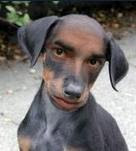





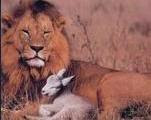










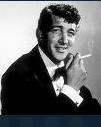

















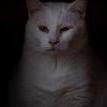


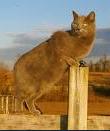


















No comments:
Post a Comment